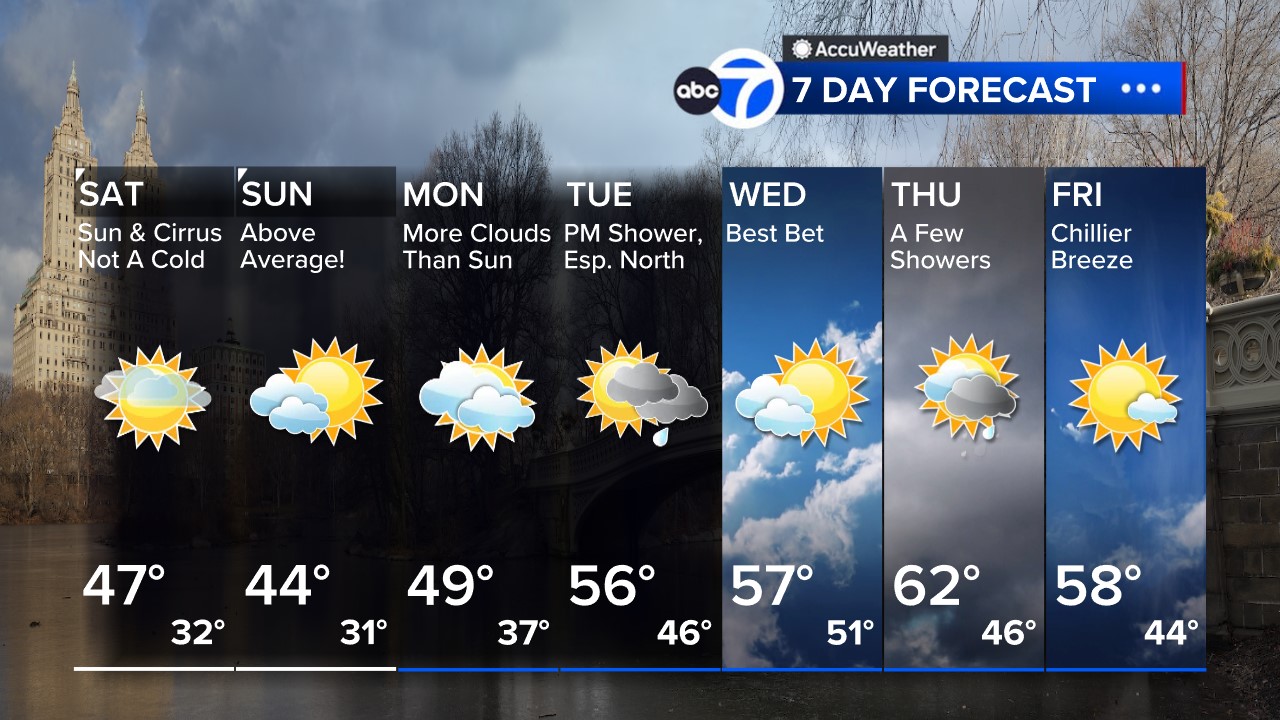Marco strengthens into hurricane, Laura also tracking toward Gulf coast
Hurricane tracker: Updates on Laura and Marco from the National Hurricane Center

NEW YORK -- Marco strengthened into a hurricane as it swirls over the Gulf of Mexico, heading for a possible hit on the Louisiana coast, while Tropical Storm Laura knocked utilities out as it battered Hispaniola early Sunday, following a track forecast to take it to the same part of the U.S. coast, also as a hurricane.
RELATED: 2 simultaneous hurricanes in the Gulf of Mexico have not happened, NOAA says
It would be the first time two hurricanes appear in the Gulf of Mexico simultaneously, according to records dating to at least 1900, said Colorado State University hurricane researcher Phil Klotzbach.
A hurricane warning was issued for coastal Louisiana, which Hurricane Katrina pummeled in August 2005. The projected tracks from the U.S. National Hurricane Center pointed to both storms being together in the Gulf on Monday, with Marco hitting Louisiana's coast around midday and Laura making landfall in the same general area Wednesday.
MARCO
Marco was centered about 300 miles south-southeast of the mouth of the Mississippi River and was moving to the north-northwest at 14 mph. It had maximum sustained winds of 75 mph and officially became a Category 1 hurricane Sunday. New warnings were added Sunday morning - including a storm surge warning from Morgan City, Louisiana to Ocean Springs, Mississippi, and a hurricane warning from Morgan City to the mouth of the Pearl River. A tropical storm warning included Lake Pontchartrain in Louisiana, and metropolitan New Orleans. Storm surge up to 6 feet (2 meters) was forecast for parts of coastal Louisiana and Mississippi. Louisiana Gov. John Bel Edwards, who declared a state of emergency Friday, asked President Donald Trump for a federal emergency declaration.
RELATED: Can 2 hurricanes merge into a megastorm?
LAURA
Laura was centered about 70 miles northwast of Port-au-Prince, Haiti, Sunday morning, with maximum sustained winds of 45 mph (75kph). It was moving west-northwest at 18 mph (30 kph). Crews armed with megaphones in the Dominican capital of Santo Domingo had urged dozens of residents in flood-prone areas to evacuate before Laura's heavy rains hit. The storm left more than 100,000 people without water in the Dominican Republic on Saturday night, while earlier it snapped trees and knocked out power to more than 200,000 customers in neighboring Puerto Rico. It was also whipping at Haiti, which shares Hispaniola with the Dominican Republic, and forecast to move over Cuba on Sunday night or Monday. Officials in the Florida Keys, which Laura might pass over on its route into the Gulf, declared a local state of emergency and issued a mandatory evacuation order for anyone living on boats, in mobile homes and in campers. Tourists staying in hotels were warned to be aware of hazardous weather conditions and consider changing their plans starting Sunday.
PREPARING FOR THE STORMS
"The cumulative impact of these storms will likely have much of Louisiana facing tropical storm/hurricane force impacts for a much longer period of time than it would with any one hurricane," he wrote. People in Louisiana headed to stores to stock up on food, water and other supplies. Raymond Monday of Gretna, though, had only a generator on his cart at Sam's Club. "We've got a freezer full of food" at home, along with large containers of water, he said. Both storms were expected to bring 3 to 6 inches (8 to 15 centimeters) of rain to areas they were passing over or near, threatening flooding. The hurricane center said the storms were not expected to interact as the region faces an unusually active hurricane season. "We are in unprecedented times," Mississippi Gov. Tate Reeves said at a news conference Saturday as he declared a state of emergency. "We are dealing with not only two potential storms in the next few hours, we are also dealing with COVID-19."
WATCH THIS: Why did it take a week to remove this fallen tree from a NYC home?
MORE: 2020 hurricane season storm name list

Advisories, watches and warnings from the National Weather Service
RELATED: 2020 hurricane season storm name list

















